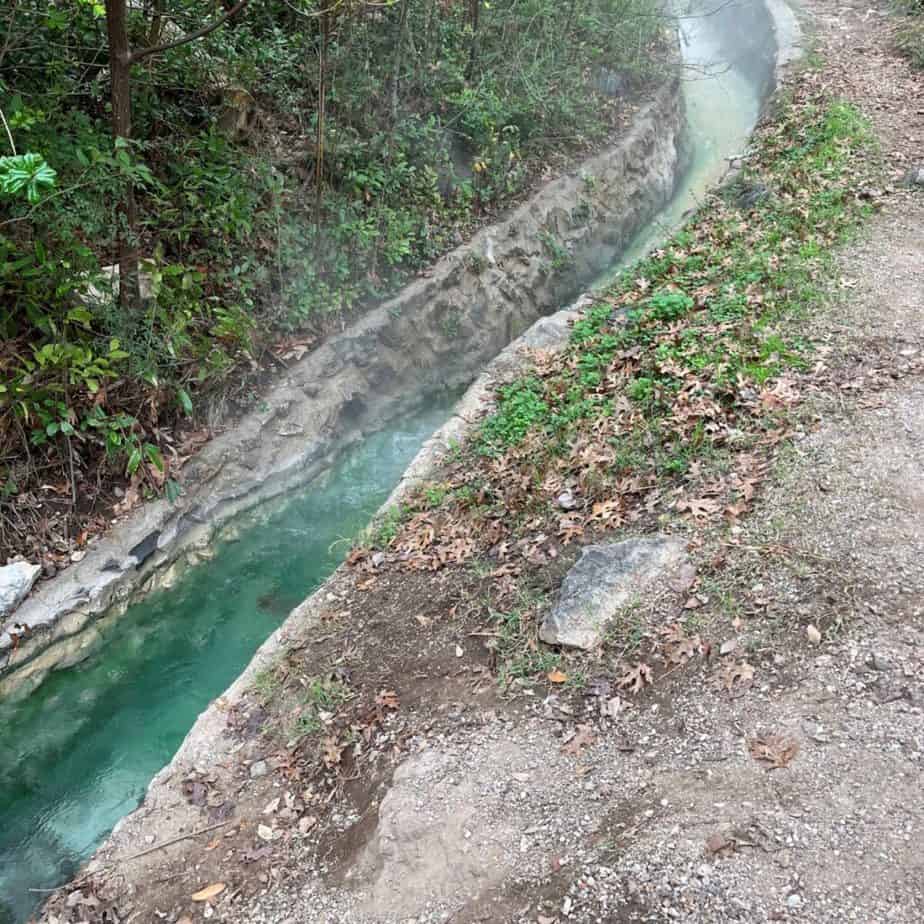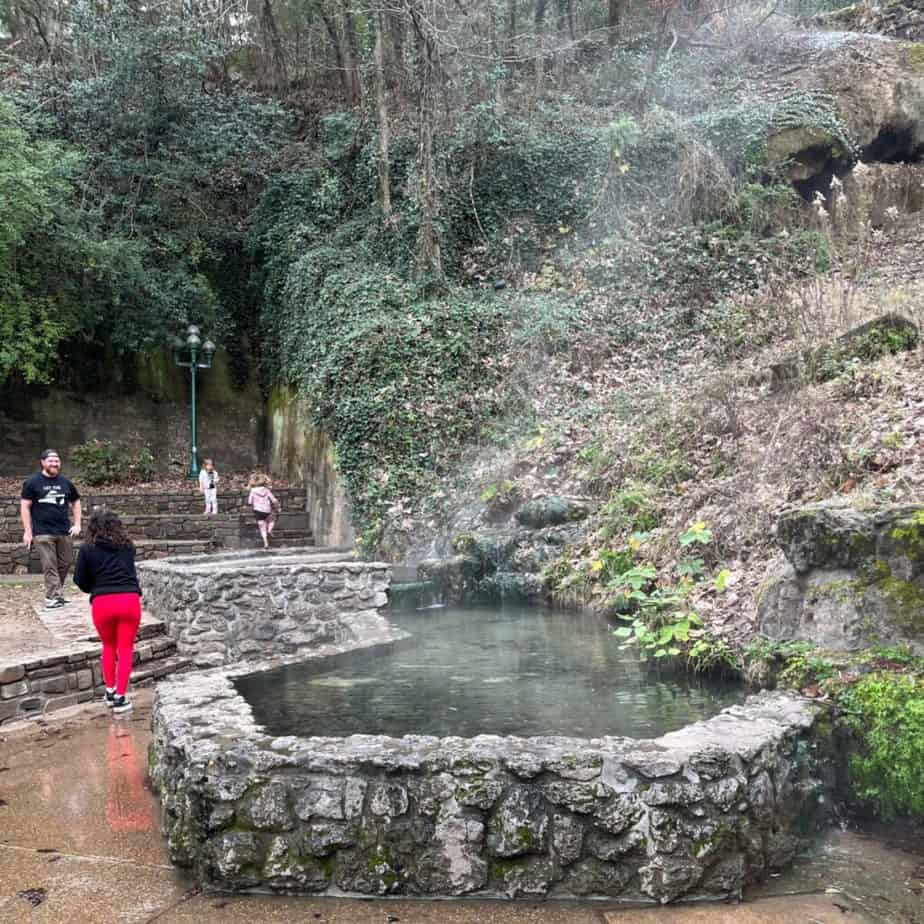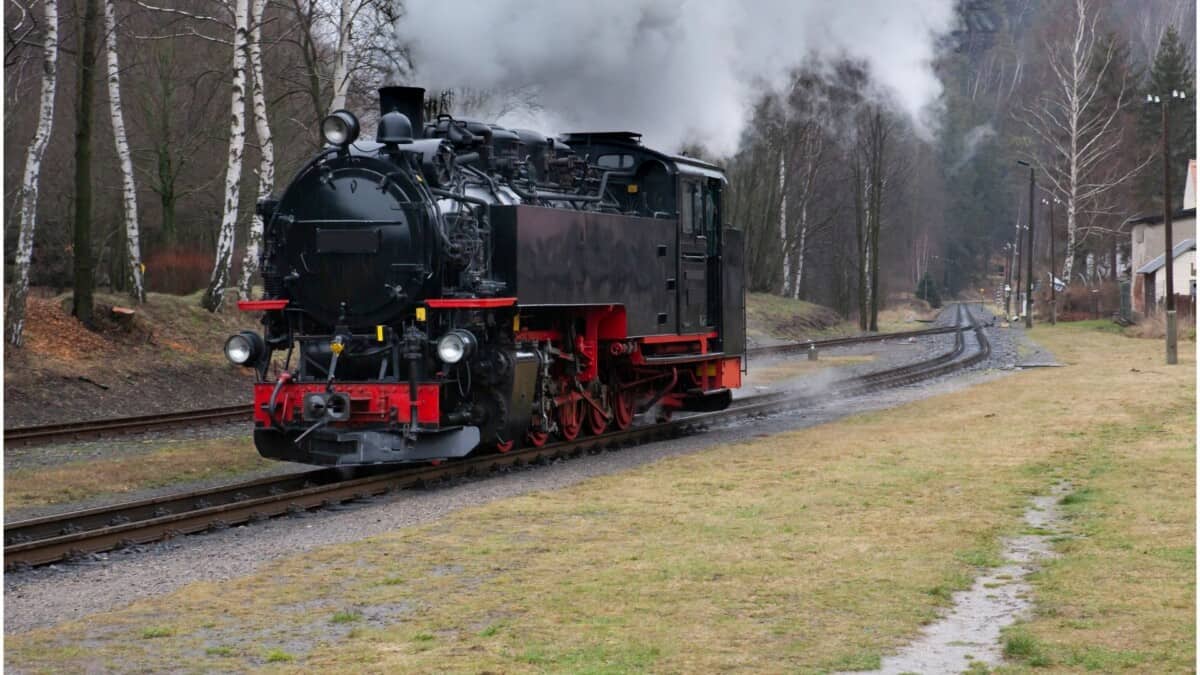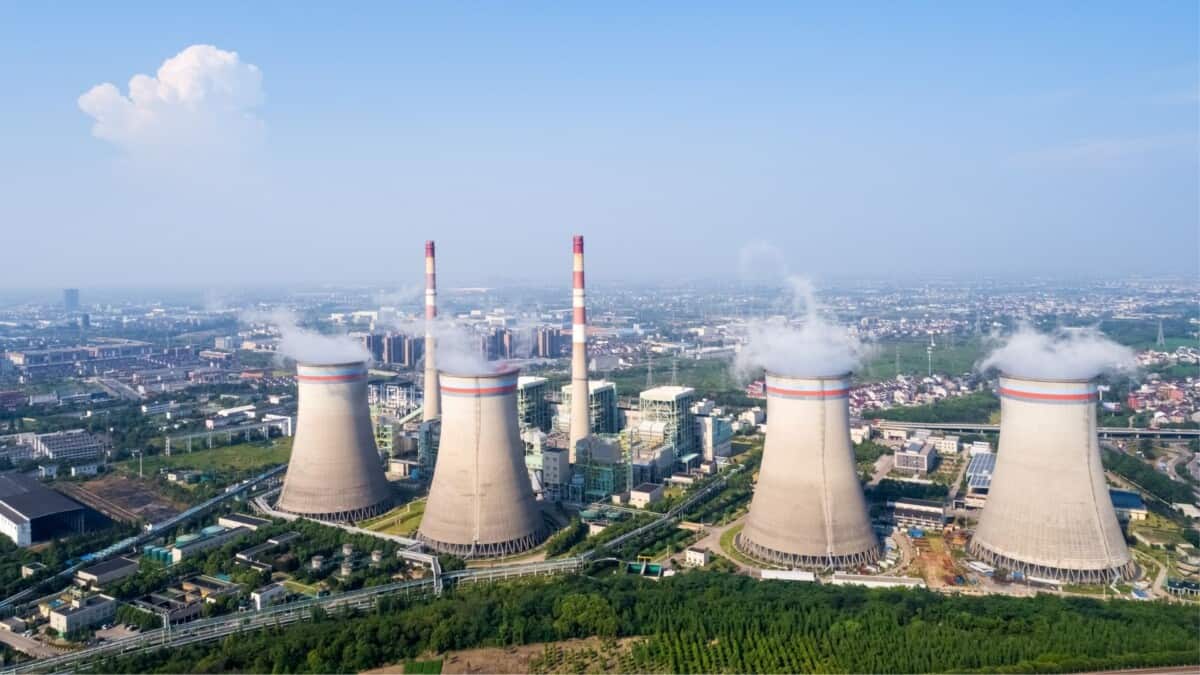When we went on our recent vacation to Hot Springs, Arkansas, it was fascinating seeing the steam rising from water flowing out of cracks from the earth. Watching the steam rise from the hot water made me wonder how it’s been used throughout history.
Powering the Industrial Revolution, powering machines of war, power to light our cities and keep our homes warm – steam power has been a force for good in many ways. But what is it? What are its limits? And does steam power have uses in the future?
Steam power has been around for centuries and has a variety of uses. Though it is not as popular as other forms of energy, it still has the potential to be a significant player in the future. This article will explore the history, current uses, and possible future of steam power.

What is steam power
According to the kinetic-molecular theory, a matter appears in one of three states or phases: solid, liquid, or gaseous (vapor). This theory distinguishes each state as the amount of energy distributed between the molecules that make up the material.
In the gaseous form, the molecules have the greatest energy and the least in a solid state. Conversions from one state to another can be achieved by adding or extracting energy in the form of heat.
In gaseous form, it is called steam. Steam is an invisible gas generated by adding energy (heat) to the water. Sufficient heat must be added to raise the temperature of the water to boiling point.
From this point on, if energy continues to be supplied, the temperature will not change, but the water will be converted into steam. That is, this energy is reversed for the phase change and not for an increase in temperature.
Steam power is a form of energy related to high temperatures and heat and is formed because of the kinetic energy (movement) of molecules and particles of water. The greater the activity of these particles, the greater the temperature and, consequently, the more intense the steam power is released.
Steam power is the basis for the operation of steam engines. With coal burning, the heat produced boils the water contained in a boiler. The steam produced enters a cylinder, like that of an automobile, producing movement that, in turn, transmits to a wheel that has the function of moving things.
Steam power is a very efficient and easily controllable means of transporting energy. In industrial environments, this transport is carried out between a central location (boiler) to a variable number of points where this energy is used in the form of heat to increase the temperature of the air, water, or in other industrial processes.

History of steam power- geothermal energy
The heat that comes from the heart of the Earth, in the form of steam, has accompanied man along his journey and has been explored in every possible way: heating, cooking, feeding thermal complexes.
Since prehistoric times, men have built their settlements near active geothermal areas to use volcanic products, exploit steam power for cooking and enjoy the benefits of hot springs.
In the third century BC, the Etruscans populated geothermal(steam-powered) areas and derived products from these areas for commercial purposes. Alabaster, travertine, iron oxides, thermal mud are the few products to name.
In the first century BC, The Etruscan civilization passed the passion for thermal waters on to the Romans. After the fall of the Roman Empire, thermalism and the use of geothermal energy(Steam power) by-products underwent a sharp decline during the early part of the Middle Ages.
The 15th century proved the renaissance period for geothermal energy(steam power). In Italy, it began to flourish the use of Balneotherapy and hydrothermal minerals and other by-products of earthly heat.
In 1818, the French engineer and entrepreneur François Jacques de Larderel developed a technique to collect the steam emitted by the ponds (the cracks in the ground through which the vapors and boiling water from the subsoil flow), with the use of the ” covered pond. “
In 1839, Italian engineer Vincenzo Manteri appeared to support de Larderel’s idea and revolutionized it with the first drilling to find underground steam, thus obtaining a higher production.
In 1892, the use of geothermal energy got industrialized, with the first direct heating system opened in Boise, United States. In 1904, geothermal energy(steam power) was transformed into electricity.
In Larderello, Piero Ginori Conti lights the first five geothermal lamps thanks to a machine made up of an alternating motor coupled to a dynamo.
In 1913, The first geothermal power(steam power) plant in the world was born in Italy: Larderello 1. From then the steam power flourished and underwent many experiments until, by 2018, geothermal energy(steam power) is known as renewable energy with recognized and consolidated potential.
Since then, it is also used in heat pumps: from balneology to space heating, greenhouses, aquaculture, and other industrial uses. To learn about the history of steam engines and how they ushered in the Industrial Revolution, I recommend reading: Steam Engine: History, Uses, and Future.
How does steam power work?
Regardless of the level of technology on which it is based, the power of steam energy is based on a fundamental principle: When water is heated to the point of vaporization, the vaporized water occupies more space than the liquid water.
This is because solids, liquids, and gases are held together by different forces at molecular levels. In solids, the molecules are compact. In liquids, they are further apart. In gases, like steam, they are much further apart.
If you heat a can of any liquid over a fire, the fluid in it will evaporate and ultimately expand to the point where the can could blow up to release the pressure inside. Here steam energy works that made the can explode.

Uses of steam energy
The uses of steam energy are classified into:
- District heating systems and direct use.
- Heating and cooling systems. This application is about harnessing the heat of the Earth’s interior directly as thermal energy.
- To produce electrical energy in steam power plants.
When using steam power resources, a distinction is made between direct and indirect use. Direct use means using the heat itself. When we talk about indirect use, we mean that a conversion is made to another type of energy, such as electrical energy or electricity.
District and direct-use heating structures exploit hot water from springs or reservoirs near the earth’s shallow surface. Native American, Chinese, and Ancient Roman cultures used warm ponds for bathing, cooking, and keeping warm. Nowadays, numerous hot springs are still used for bathing.
One of the uses of steam energy is geothermal heat pumps. These heat pumps are used to heat and cool buildings and prepare domestic hot water.
Thermal power plants
Thermal power plants are an essential part of the energy industry. It converts heat energy to electric power. A steam turbine is the most common thermal engine used to generate electric power.
Thermal power plants can be used to generate electricity from many different types of fuel, including coal, natural gas, and oil. They are an important part of the energy mix, and they provide a valuable service to society. Thermal power plants are a vital part of our infrastructure, and they help us meet our energy needs.
If you are interested in learning more about thermal power plants, I wrote a comprehensive article: Thermal Power Plants- A Comprehensive Guide.
Future of steam power
It is much more convincing that renewables are the future of energy. Steam power, being renewable energy, has enormous potential to reduce greenhouse gas emissions and reduce costs.
Steam power is one of the most economical sources once the initial costs have been amortized. Its global potential, currently untapped, is estimated at around 200 gigawatts.
Compared to other renewable energy sources such as wind and solar energy, steam power is the most reliable option due to its constant availability and environmental friendliness; thus, we can conclude that steam power has an optimistic future.




